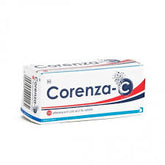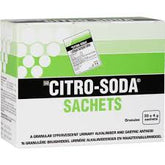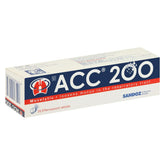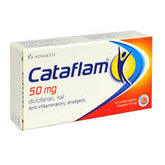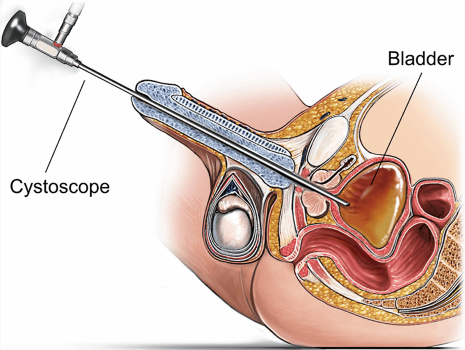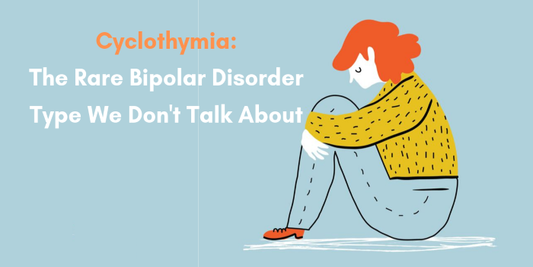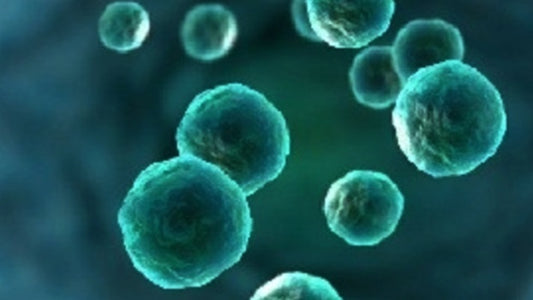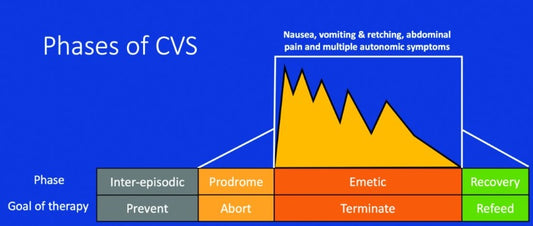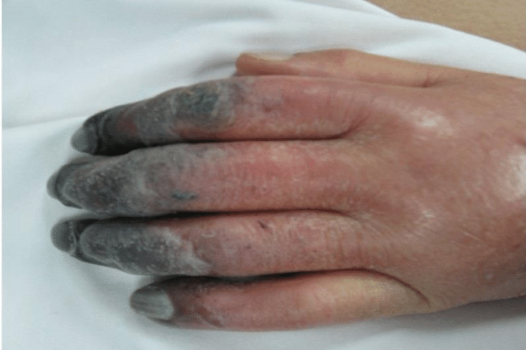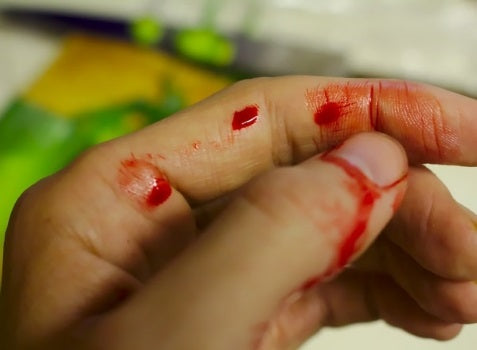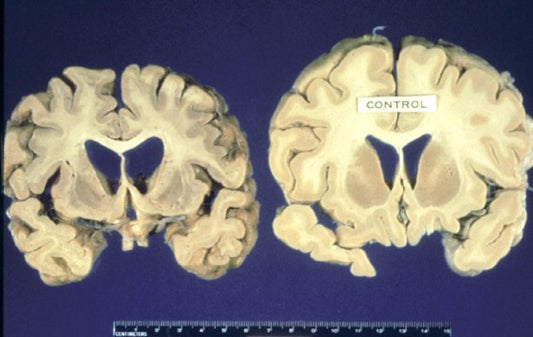featured Cystoscopy
On by ZimSeller Pharmacy 0 comments
Cyclothymia
On by ZimSeller Pharmacy 0 comments
Cyclospora
On by ZimSeller Pharmacy 0 comments
Cyclical vomiting syndrome
On by ZimSeller Pharmacy 0 comments
Cyanosis
On by ZimSeller Pharmacy 0 comments
Cuts and grazes
On by ZimSeller Pharmacy 0 comments
Creutzfeldt-Jakob disease
On by ZimSeller Pharmacy 0 comments




